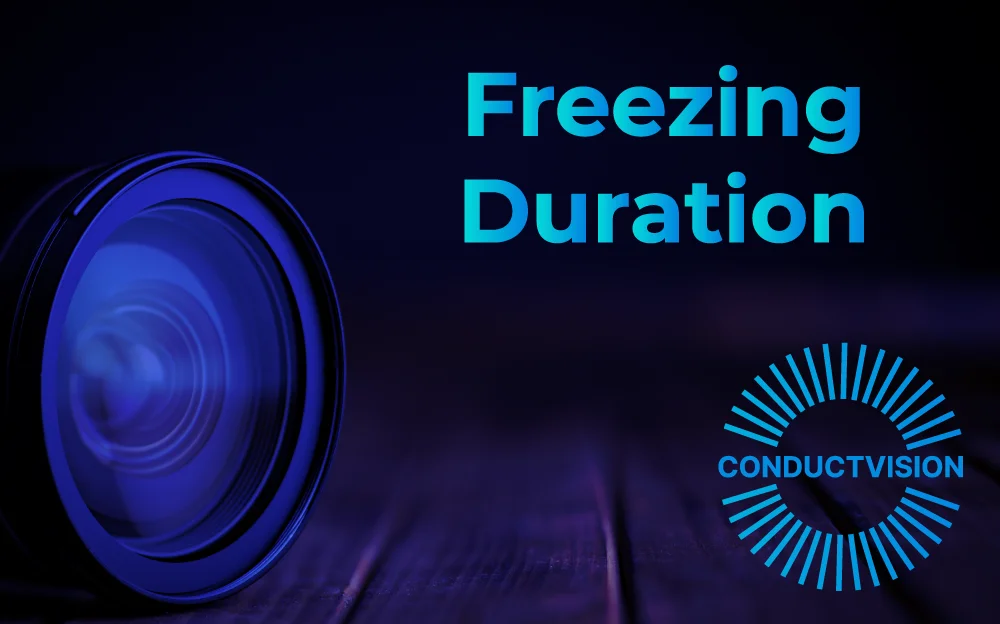

Time Spent in the Conditioned Stimulus (CS) Zone is a measure in fear conditioning studies that quantifies the duration an animal spends in a specific area associated with a conditioned stimulus, such as a sound or visual cue associated with an unpleasant experience. This measurement together with Latency to Freeze, Total Time Active etc. provides important insights into the animal’s behavior and emotional state in response to the CS.
In fear conditioning experiments, researchers often create an environment where a particular zone is linked to a stimulus that predicts an unpleasant outcome, such as a foot shock. Time Spent in the CS Zone refers to the amount of time the animal remains in this designated area after the CS is presented.
A significant amount of time spent in the CS zone can indicate curiosity or a lower level of fear, while reduced time in this area may suggest heightened fear or anxiety. By analyzing how long animals stay in the CS zone, researchers can gain a better understanding of their emotional responses and learning processes.
ConductVision uses advanced video tracking technology to accurately measure Time Spent in the CS Zone. Here’s how it works:
Measuring Time Spent in the Conditioned Stimulus (CS) Zone is essential for several reasons:
By analyzing the time spent in the CS zone in conjunction with other metrics like Freezing Duration and Total Time Active, researchers can develop understanding of animal responses to CS. This approach allows them to identify patterns of behavior that indicate varying levels of fear and anxiety.









Shuhan He, MD is a dual-board certified physician with expertise in Emergency Medicine and Clinical Informatics. Dr. He works at the Laboratory of Computer Science, clinically in the Department of Emergency Medicine and Instructor of Medicine at Harvard Medical School. He serves as the Program Director of Healthcare Data Analytics at MGHIHP. Dr. He has interests at the intersection of acute care and computer science, utilizing algorithmic approaches to systems with a focus on large actionable data and Bayesian interpretation. Committed to making a positive impact in the field of healthcare through the use of cutting-edge technology and data analytics.
